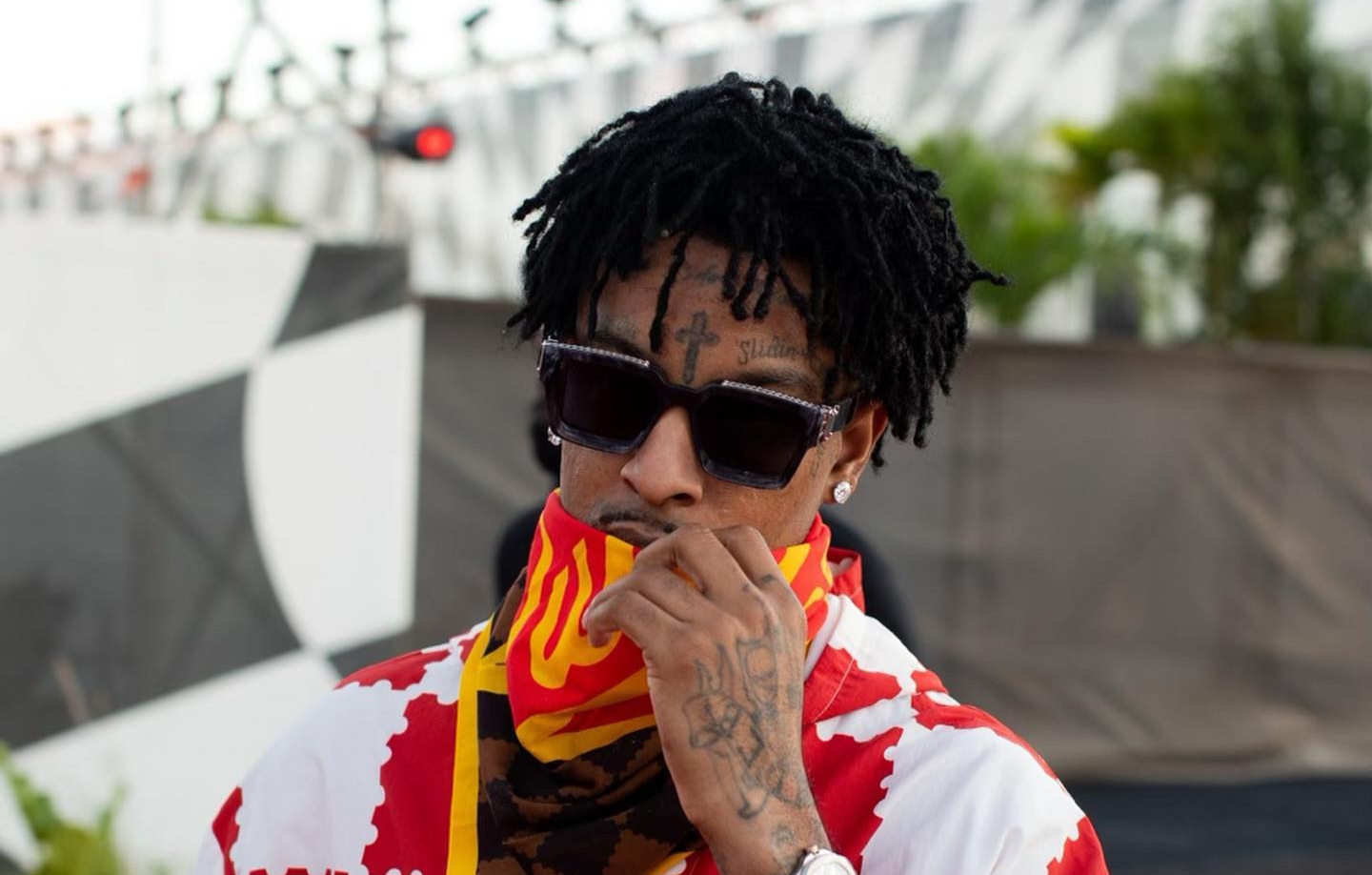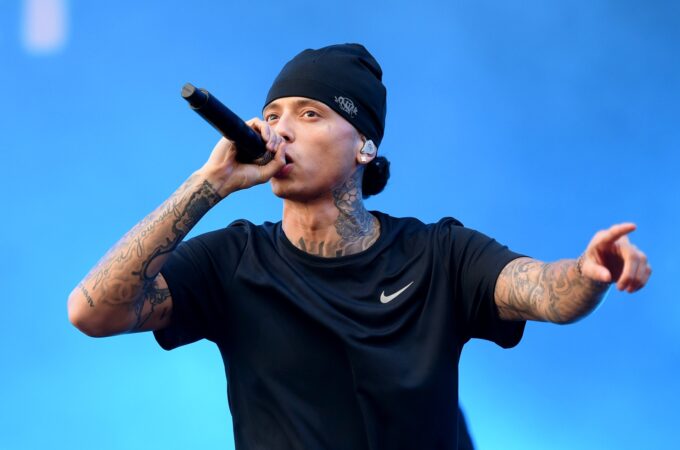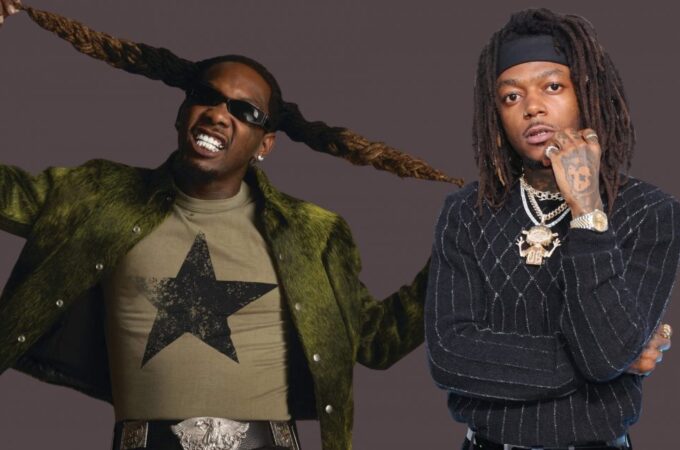
Important Events in Hip-hop History That Changed the Game
Today, you will find out some of the most important events in hip-hop history and how they helped shape the culture we love today.
Hip-hop is more than just a music genre. It is a movement, a voice, and a lifestyle. Since its birth in the Bronx, New York, in the 1970s, hip-hop has transformed the world. From block parties to global arenas, the culture has left unforgettable marks.
The Most Important Events in Hip-hop History is it’s Birth in a 1973 Block Party in the Bronx
Everything started on August 11, 1973. DJ Kool Herc threw a party at 1520 Sedgwick Avenue in the Bronx.
Instead of playing full songs, he used two turntables to isolate and extend the breakbeats, the parts that made people dance.
This was the first time someone used this technique, which would later define hip-hop music. This party is now known as the official birth of hip-hop.
One of the Events in Hip-hop History that is also Important is the Rise of Rap on Radio: Sugarhill Gang’s “Rapper’s Delight” (1979)
In 1979, a group called the Sugarhill Gang released “Rapper’s Delight.” This song became the first hip-hop single to break into the Billboard Top 40.
Before that, rap was mostly live and underground. This moment introduced rap to mainstream audiences, marking one of the important events in hip-hop history.
Another Significant Hip-hop History Events is when MTV Embraced it due to Run-DMC and Aerosmith Collaboration (1986)
In the mid-1980s, MTV rarely played music by Black artists. That changed in 1986 when Run-DMC teamed up with rock band Aerosmith for a remix of “Walk This Way.”
The music video became a massive hit. It brought rap into rock and pop audiences, breaking racial and genre boundaries. This event proved that hip-hop had crossover power.
The Golden Era of Hip-hop: Late 1980s to Early 1990s
This period is called the Golden Era because of its creativity, diversity, and influence. Artists like Public Enemy, N.W.A., A Tribe Called Quest, and Tupac Shakur used rap to speak about social issues, racism, and life in the inner city.
Their powerful lyrics helped raise awareness and start conversations about inequality and justice. It also showed the world that rap could be intellectual and poetic.
West Coast vs. East Coast Rivalry: 1990s
The tension between East Coast and West Coast rappers in the 1990s is one of the most dramatic and tragic chapters in hip-hop. Artists like Biggie Smalls (East Coast) and Tupac Shakur (West Coast) were at the center of this feud.
Media and record labels often fueled the rivalry. Sadly, both artists were murdered in the mid-1990s. Their deaths shocked the world and made everyone take a closer look at violence in hip-hop.
Hip-hop Goes Global: Early 2000s
By the early 2000s, hip-hop had reached every corner of the globe. Artists from France, Nigeria, Japan, and Brazil were creating their own versions of hip-hop.
American rappers like Eminem, Jay-Z, and Missy Elliott were selling out concerts worldwide. This global spread showed that hip-hop was a universal language that crossed borders and cultures.
The Streaming Revolution: 2010s
The arrival of streaming platforms like Spotify, YouTube, and Apple Music changed how people listen to music.
For hip-hop, this was huge. Independent artists could now reach global audiences without needing a record label.
Chance the Rapper, for example, won a Grammy in 2017 for a mixtape that was only available online. This moment showed how much the music industry had changed.
Hip-hop and Social Movements: 2020s
In recent years, hip-hop artists have been at the front of social justice movements. Songs like “This is America” by Childish Gambino and “The Bigger Picture” by Lil Baby became anthems for change.
Artists used their platforms to speak against police brutality, racism, and inequality. These songs were not just hits, they were calls to action.
Hip-hop and Fashion: A Cultural Fusion
Fashion has always been part of hip-hop. From Adidas tracksuits in the ’80s to luxury brands like Louis Vuitton and Gucci today, artists have always made bold fashion statements.
Hip-hop fashion brands like Sean John, Rocawear, and Yeezy have shown that style and music go hand in hand. The connection between fashion and rap is one of the most important events in hip-hop history.
Women in Hip-hop: Breaking Barriers
For years, men dominated the rap scene. However, female rappers like Queen Latifah, Missy Elliott, Nicki Minaj, and Cardi B have shattered glass ceilings.
They’ve proven that women have a powerful voice in hip-hop. Today, female artists regularly top charts and headline festivals. Their success is a vital part of hip-hop’s ongoing evolution.
Why These Moments Matter
Understanding the important events in hip-hop history helps us appreciate where the culture came from and where it’s headed.
Each of these moments shaped the sound, look, and message of hip-hop. They brought the genre from small block parties to the world stage.
As hip-hop continues to grow, more events will become part of its rich story. New artists, new styles, and new movements will keep pushing the culture forward.
But we will always look back at these key events to remember how it all started and how far we’ve come.
Hip-hop is not just a genre; it’s a timeline filled with passion, power, and progress. From its Bronx beginnings to worldwide fame, the important events in hip-hop history show us how this culture has transformed the world.
As we look to the future, we know one thing for sure, hip-hop is here to stay, and its story is far from over.





